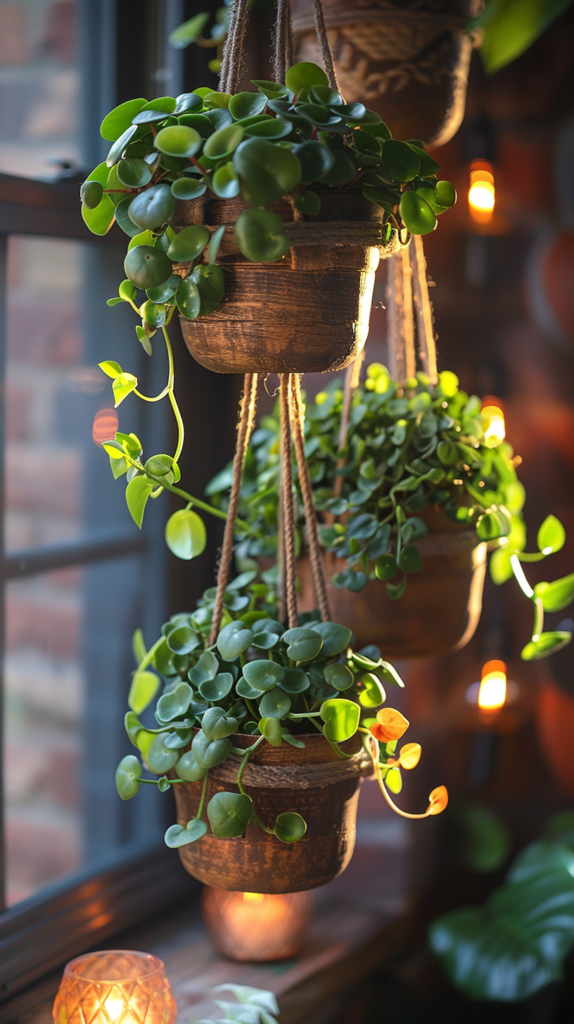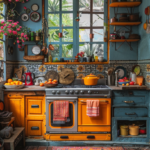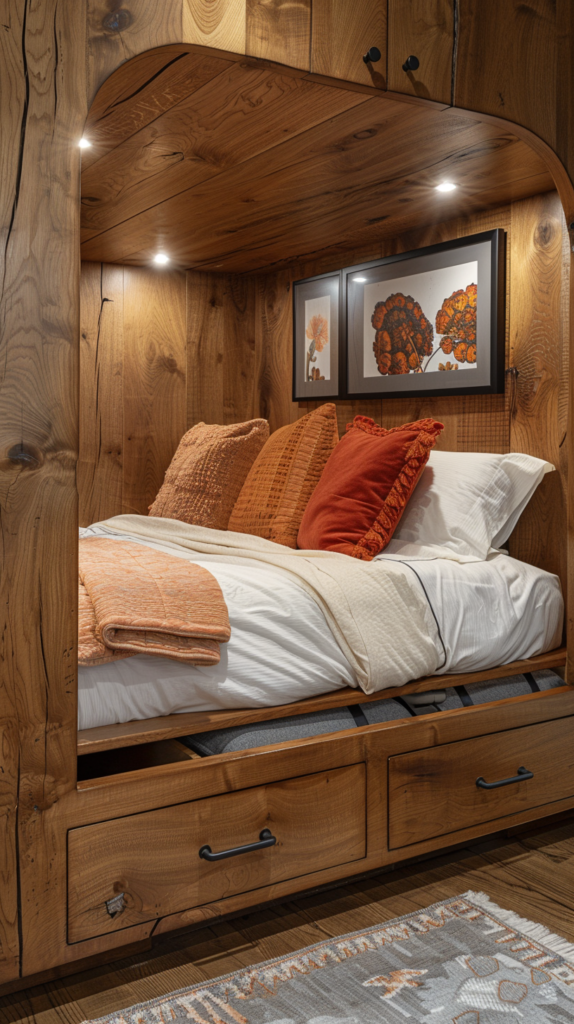Introduction
Bringing a touch of nature into your small apartment can enhance your living space, boost your mood, and improve air quality. Even if you’re short on space, incorporating plants into your home is both possible and rewarding. Let’s explore the best plants for small apartments and provide tips on how to care for them effectively.
Why Plants Are Ideal for Small Apartments
Benefits of Indoor Plants
Indoor plants offer numerous benefits, including improved air quality, enhanced mood, and increased humidity. They can also add a sense of tranquility and beauty to your space, making your apartment feel more inviting and alive.
Choosing the Right Plants for Small Spaces
Selecting plants that thrive in small spaces is crucial for success. Opt for varieties that don’t require extensive light or large pots, and consider plants that fit well into the limited space available.

Best Plants for Small Apartments
1. Low-Light Plants
Snake Plant (Sansevieria)
The Snake Plant is perfect for beginners. It thrives in low light and requires minimal watering. Its upright, sword-like leaves add a modern touch to any room.
ZZ Plant (Zamioculcas zamiifolia)
The ZZ Plant is highly resilient, making it ideal for low-light environments. It’s known for its glossy, dark green leaves and tolerance to neglect. Water it infrequently, and it will flourish.
2. Compact Plants
Pothos (Epipremnum aureum)
Pothos is a versatile and easy-to-care-for plant that can be grown in small pots or hanging baskets. Its trailing vines make it a great choice for adding greenery to shelves or countertops.
Spider Plant (Chlorophytum comosum)
The Spider Plant is well-suited for small spaces, thanks to its ability to adapt to various light conditions. It produces arching leaves and baby plantlets that can be propagated to grow more plants.

3. Air Plants
Tillandsia
Air Plants are unique and require minimal soil. They can be placed in creative containers, like glass globes or mounted on driftwood. Air Plants need bright, indirect light and occasional misting to stay hydrated.
Tillandsia Ionantha
This variety of Air Plant is particularly compact and colorful. It thrives in bright light and can be displayed in small containers or terrariums. Water it by soaking in water once a week.

4. Herbs and Edible Plants
Basil
Basil is a great choice for small kitchens or windowsills. It needs plenty of light and regular watering. Besides adding flavor to your meals, it enhances your space with its fresh aroma.
Mint
Mint grows well in containers and doesn’t require much space. It needs moderate light and regular watering. Mint’s fragrant leaves are perfect for adding a touch of greenery to any room.

How to Care for Plants in Small Spaces
1. Light Requirements
Understanding Light Levels
Different plants have different light needs. Identify the light conditions in your apartment—whether it’s bright, indirect, or low light—and choose plants accordingly. Use grow lights if natural light is insufficient.
Rotating Plants
Rotate your plants regularly to ensure even growth. This practice helps all sides of the plant receive adequate light and prevents lopsided growth.
2. Watering Techniques
Avoid Overwatering
Overwatering is a common issue with indoor plants. Ensure that pots have proper drainage and only water when the top inch of soil feels dry. Different plants have different watering needs, so adjust accordingly.
Using Self-Watering Pots
Self-watering pots can simplify plant care by providing a steady supply of moisture. These pots are especially useful for busy individuals who may forget to water regularly.

3. Potting and Soil
Choosing the Right Pot
Select pots with drainage holes to prevent waterlogging and root rot. The size of the pot should be proportional to the plant’s root system.
Using Quality Soil
Use well-draining potting soil to provide the right environment for your plants. Avoid using garden soil, as it can become compacted and hinder root growth.
4. Maintaining Humidity
Increasing Humidity
Small apartments often have dry air, which can affect plant health. Increase humidity by placing plants on a pebble tray filled with water or using a small room humidifier.
Grouping Plants
Grouping plants together can create a microenvironment with higher humidity. The transpiration from multiple plants can help maintain moisture levels around them.
DIY Plant Projects
1. Terrariums
Creating Your Own Terrarium
Terrariums are a stylish way to display small plants. Use glass containers of various shapes and sizes and layer them with gravel, charcoal, and potting soil. Add plants like succulents or air plants for a visually appealing display.
Caring for Terrariums
Terrariums require minimal maintenance. Ensure they receive indirect light and occasionally check for condensation. Water sparingly, as the enclosed environment retains moisture.

2. Hanging Planters
DIY Hanging Planters
Hanging planters add vertical interest to your space. Create your own using macramé, or repurpose items like baskets or old jars. Hanging plants can free up counter space and add a touch of green at eye level.
Plant Care for Hanging Planters
Ensure hanging planters are securely fastened and receive adequate light. Water them carefully to avoid overwatering, and occasionally check for pests.

Maintaining Your Green Space
Regular Pruning
Prune your plants regularly to encourage healthy growth and prevent overcrowding. Remove dead or yellowing leaves to keep your plants looking their best.
Pest Management
Keep an eye out for pests like aphids or spider mites. Use natural remedies like insecticidal soap or neem oil to manage infestations. Regularly inspect your plants to catch issues early.
Conclusion
Incorporating plants into your small apartment not only enhances its aesthetic appeal but also brings numerous benefits. By choosing the right plants and providing proper care, you can create a vibrant, green oasis in even the smallest of spaces. Embrace the joy of indoor gardening and enjoy the fresh, natural ambiance it brings to your home.
FAQs
What are the best low-light plants for small apartments?
Snake Plants and ZZ Plants are excellent choices for low-light conditions. They are hardy and require minimal maintenance while thriving in less light.
How often should I water indoor plants?
Watering frequency varies by plant species. Check the top inch of soil and water when it feels dry. Avoid overwatering and ensure proper drainage.
Can I grow herbs indoors in a small apartment?
Yes, herbs like basil and mint are ideal for small spaces. They thrive in containers and can be grown on windowsills or kitchen counters with adequate light.
How can I increase humidity for my indoor plants?
Increase humidity by using a pebble tray filled with water or a small room humidifier. Grouping plants together can also help maintain higher moisture levels.
What are some creative DIY plant projects for small spaces?
Terrariums and hanging planters are great DIY projects. They add visual interest and can be customized to fit your space and style.







